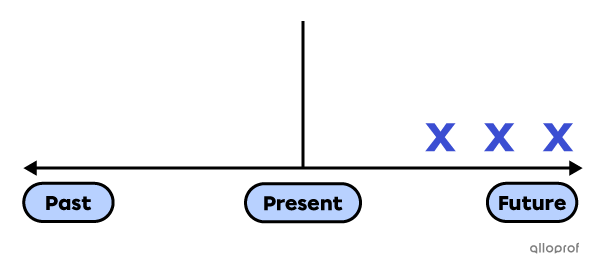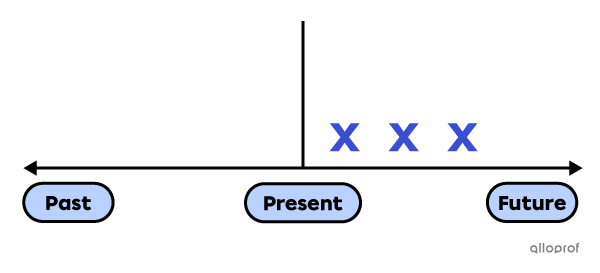Verb tenses are used to express when actions and events take place. Some situations require the use of a specific verb tense according to the context.
Present Continuous
Expresses:
-
Action & events in progress
-
Temporary actions & events
-
Future arrangements

-
He likes to paint.
-
He paints regularly.
-
It’s his hobby.
-
He painted in the past and will continue painting in the future.
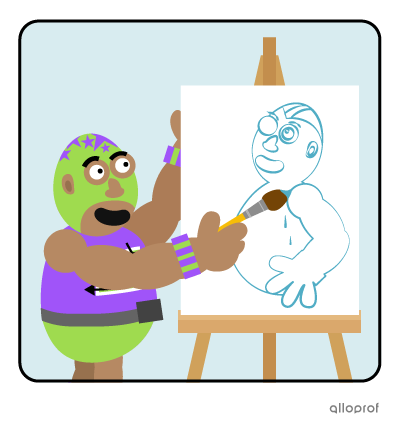
-
The portrait is not finished
-
He is working on the portrait.
-
It will be finished in the future.
-
The portrait is progressing.
Facts & Generalizations:
He plays the theremin very well.
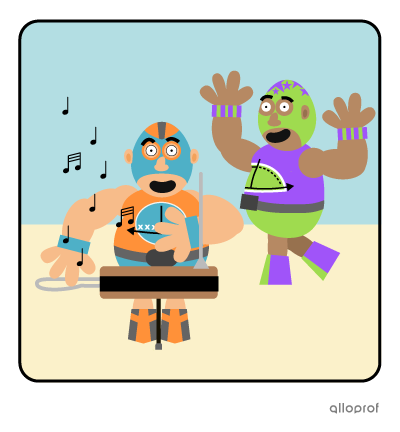
-
He plays it regularly.
-
It is a pastime, a hobby.
-
He is an accomplished musician.
Temporary actions & events:
He is playing the triangle because his drum set is broken.
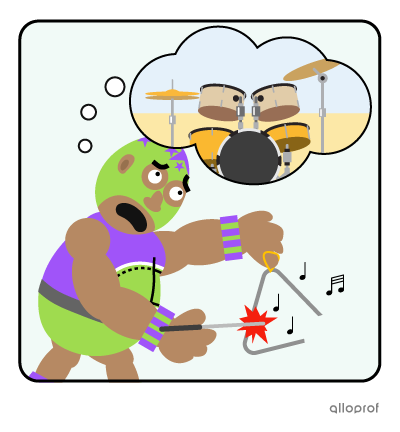
-
He does not usually play the triangle.
-
It is his instrument at the moment.
-
He will not play it for a long time.
-
It is a replacement for the time being.
Planned events:
He takes the bus at 7 a.m. tomorrow morning.
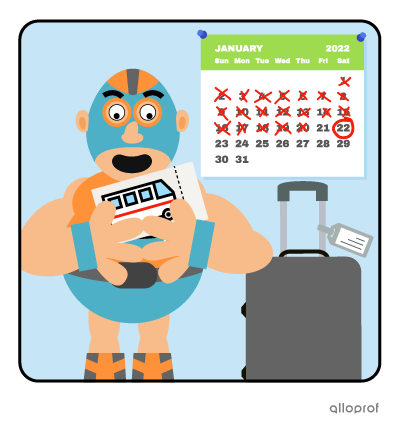
-
He has plans to leave tomorrow.
-
He already has a ticket.
-
He is packed and ready to go.
-
The bus follows a timetable: he did not decide the time.
-
The departure is almost certain.
Future arrangements:
Next Saturday, we are taking the new band picture.
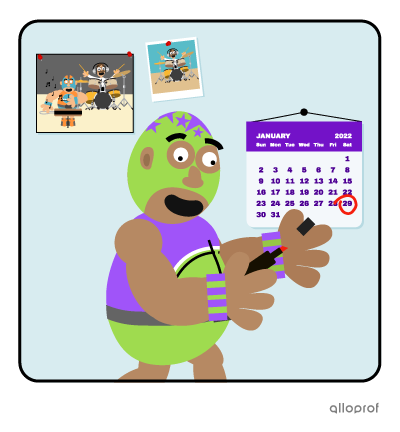
-
There are plans for next Saturday.
-
The future event was arranged by friends.
-
The future event does not follow a timetable.
-
They have talked about it.
Simple Past
Expresses:
-
Past actions & events
-
Completed actions & events
-
Actions & events occurred in sequence: one after the other
Past Continuous
Expresses:
-
Past actions & events
-
Actions & events still in progress at a particular time in the past
-
Actions & events interrupted by other actions or events
The simple past is over and finished. The simple past is often used to indicate when a past continuous action was taking place.
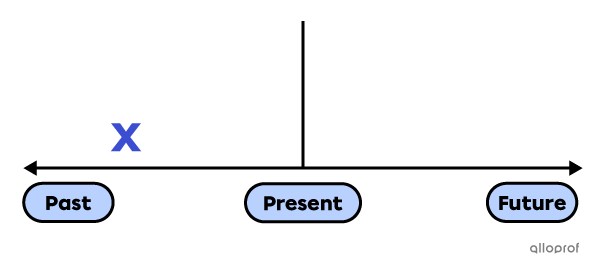
The past continuous is about a specific moment in the past when actions or events were in progress. A time or another action/event can be used to indicate the specific moment.
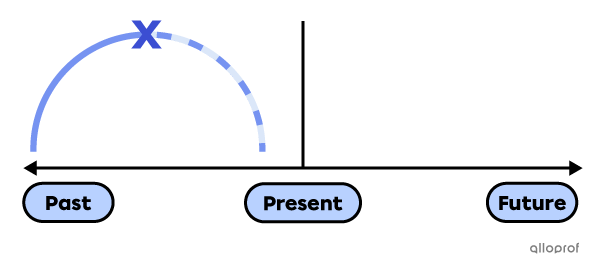
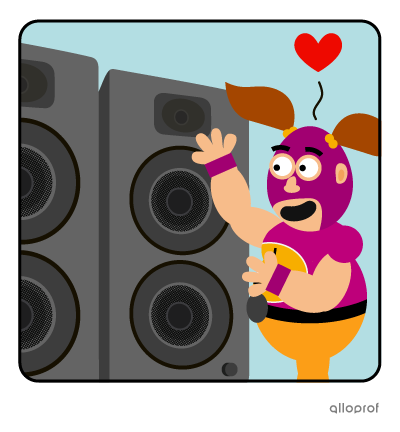
-
The delivery happened in the past.
-
The delivery is completed.
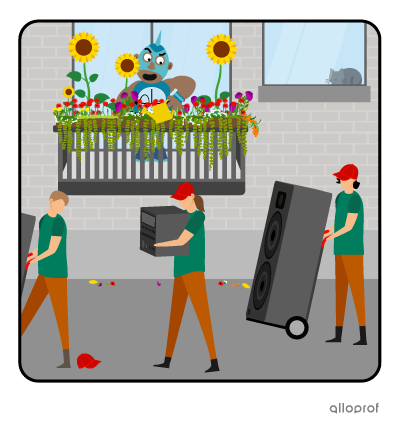
-
The plants were watered in the past.
-
The watering is now completed.
-
The delivery happened during the action of watering the plants.
Completed actions & events:
“I installed the whole sound system before lunch.”
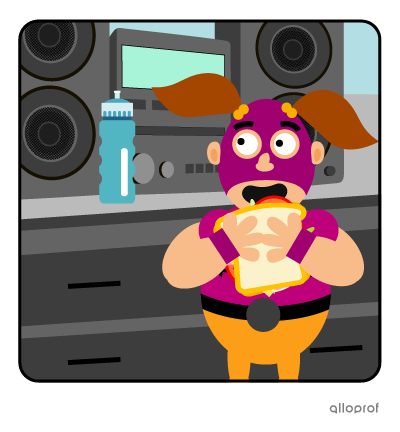
-
The installation is completed.
-
The system was installed in the past.
-
It is now after lunchtime.
Actions/events interrupted by other actions/events:
“I was taking a nap when you tested your sound system.”
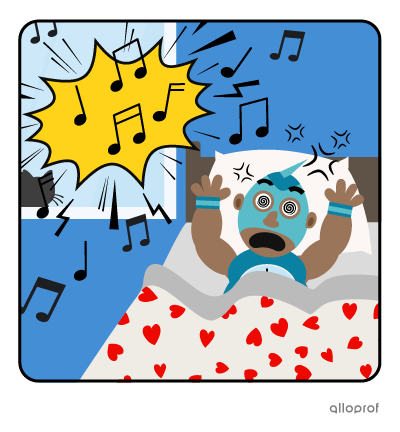
-
The nap was interrupted by the tests.
-
The nap began before the tests.
-
The nap possibly continued after the tests.
-
The test happened at the same time the nap was in progress.
Action & events occured in sequence:
“I had lunch, took a short walk and played a few songs.”
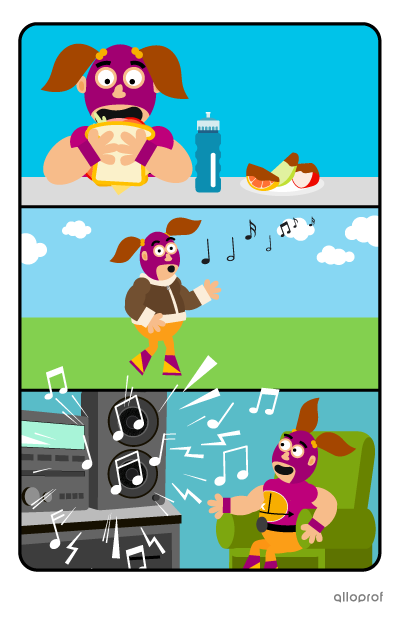
-
The 3 actions were completed.
-
The 3 actions took place one after the other.
-
Each action was completed before the following one started.
Actions & events still in progress at a particular time in the past:
“At 1 p.m. yesterday, you were taking a walk and I was walking my unicorn.”

-
The action took place in the past.
-
At 1 p.m. the 2 actions were still not completed.
-
At 1 p.m. both actions were still both in progress.
Simple Past
Expresses:
-
Past actions & events
-
Finished time: actions & events are concluded
-
Definite time: specific time periods
Present Perfect
Expresses:
-
A present situation resulting from a past actions & events
-
Unfinished time: past actions & events not yet finished
-
Indefinite time: unspecified time periods when actions & events are repeated
The simple past indicates that actions & events are finished. They occurred at definite time periods in the past and do not connect to the present.
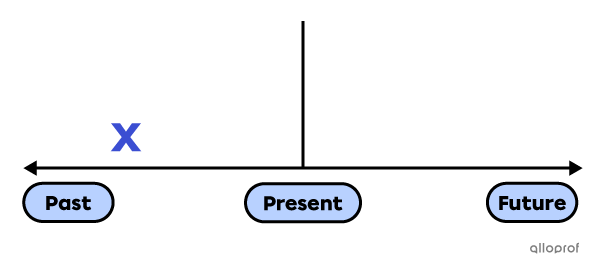
The present perfect connects the present to past actions & events. Action & events have already occurred or are yet to be completed. They have occurred repeatedly or at an unspecified time.
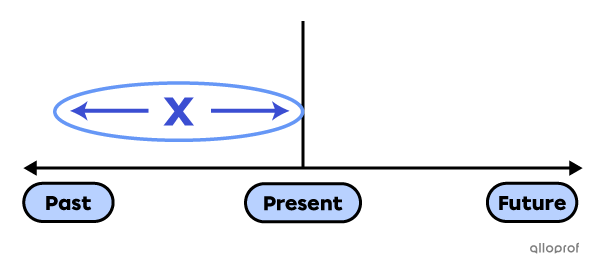
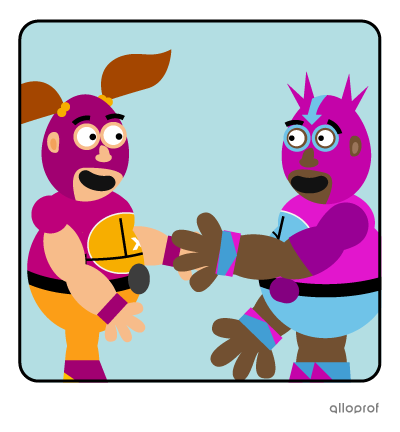
-
They made the decision in the past.
-
The action is completed.
-
The action is not connected to any other action.
Present Perfect
Present situation resulting from a past action:
For their project, they have built a robot.
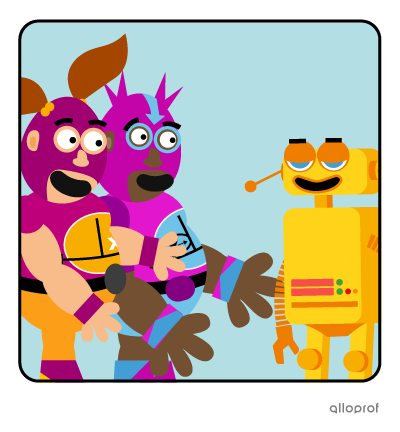
-
A present result: the robot is ready.
-
The robot was recently completed.
-
The robot building took place in the past.
Finished time:
“Last week, I made some changes to the computer code.”
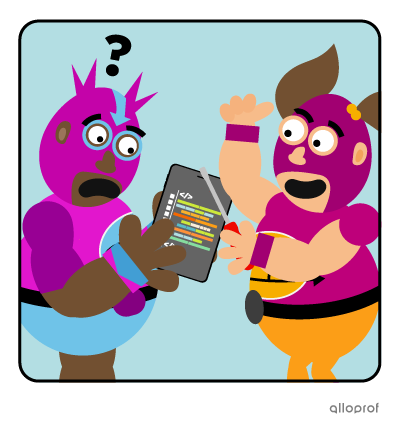
-
The week is over.
-
He made the changes in the past.
-
The modifications are completed.
Unfinished time and unfinished actions & events:
So far today, he has modified the computer code 17 times.
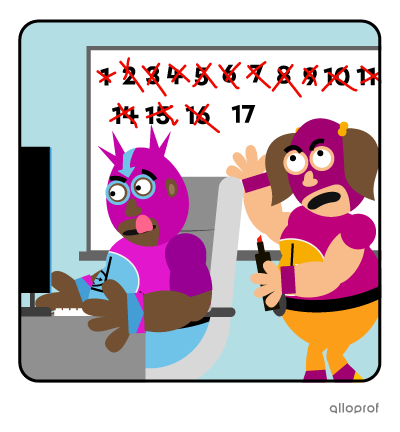
-
The day is not over yet.
-
Some modifications were made in the past.
-
Some additional modifications may still be done in the future.
-
He is not done making modifications.
Definite time:
This morning, all their hard work paid off.
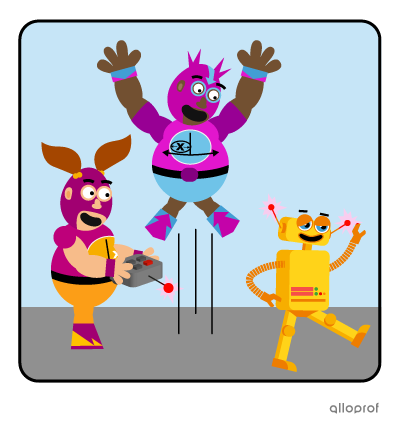
-
The action happened at a definite time: this morning.
-
The action took place in the past.
Indefinite time:
“We have run into a lot of problems to get it working.”
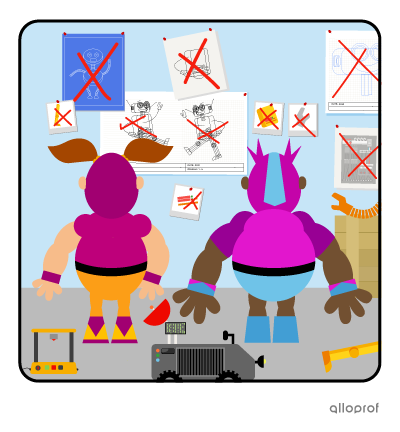
-
The action was repeated in the past.
-
The time period when the action was repeated is not mentioned, it is indefinite.
Simple Past
Expresses:
-
Past actions & events
-
Completed actions & events
-
Actions & events that occurred one after the other
The simple past is completely done. The simple past can be used as context for the past perfect.

The past perfect indicates that a past action/event took place before another action/event or before a specific time. It refers to a moment in the past, earlier than another past moment. It is often used with the simple past tense.
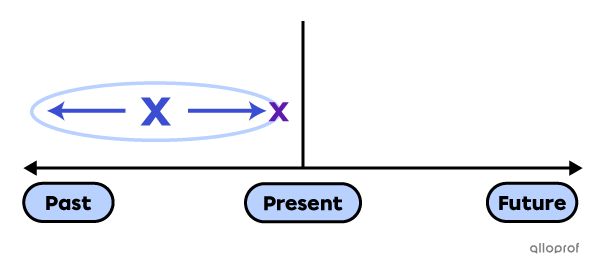
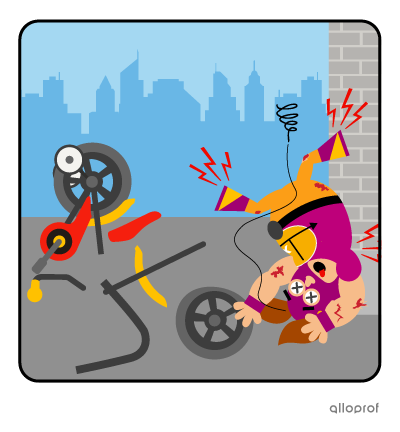
-
The action happened in the past.
-
The action is completed.
Past Perfect
Past actions/events before another past action/event:
“You had lost a wheel before you fell off.”
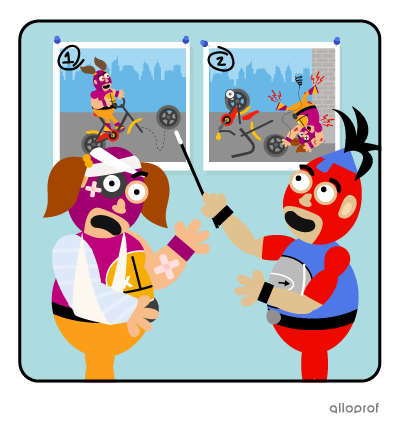
-
The action happened in the past.
-
The action is completed.
Actions in sequence:
“I jumped through the fire, landed clumsily and hit the wall.”
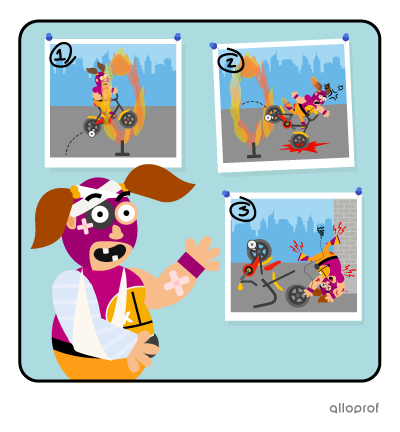
-
The actions took place in the past.
-
The actions took place one after the other.
-
It is a sequence of actions.
Past actions/events before a moment in time:
“I had called the ambulance before your unfortunate landing.”
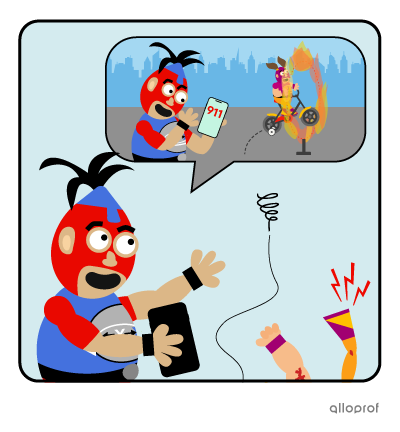
-
The action took place in the past.
-
The action took place before the landing.
-
The landing also took place in the past.
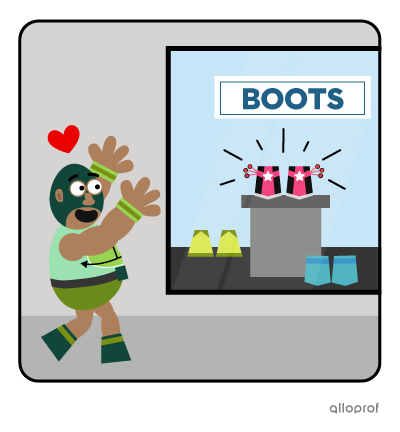
-
He has only just seen the boots.
-
He decided on the spot to buy them.
-
He had not planned to buy boots before seeing them.
-
He will buy the boots in the future.
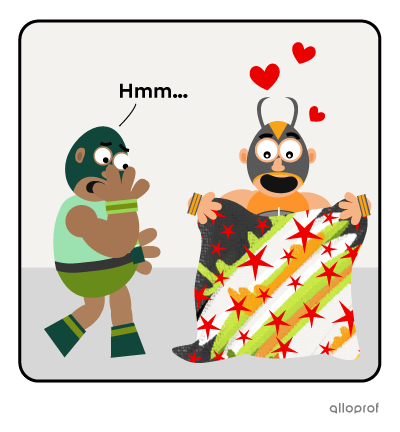
-
He has plans to make the new costume.
-
The decision to make the costume was made in the past.
-
His intention is to make that costume in the future.
Prediction based on opinion:
“Everybody will love my new look!”
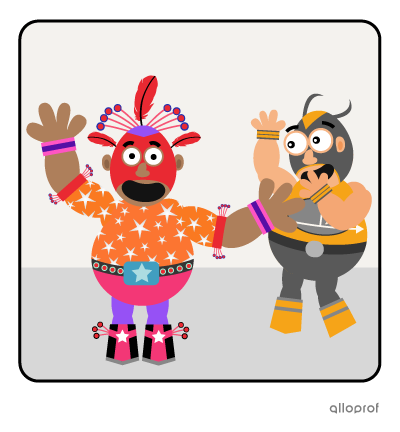
-
It’s a prediction based on what he thinks of his costume.
-
Not everyone will necessarily share his opinion.
-
It could be wishful thinking on his part.
Prediction based on evidence:
“I don’t think you are going to fit in it.”
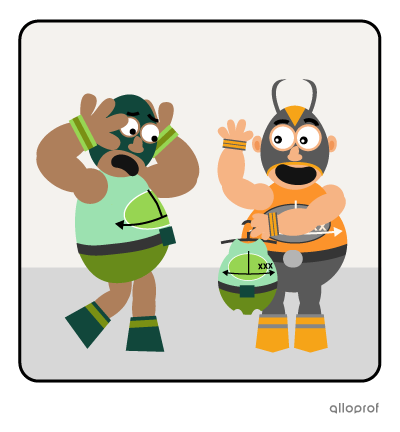
-
The prediction is based on the costume being very small.
-
The evidence points to the prediction being accurate.
Future Facts:
“The match will start very soon!”
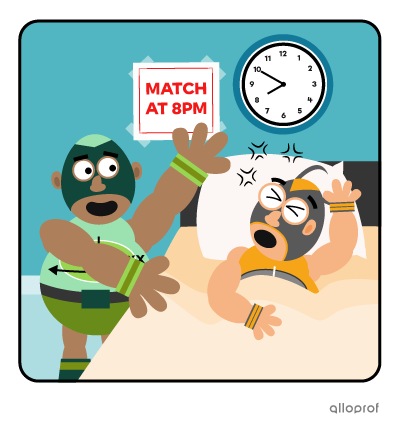
-
The match is scheduled for 8 p.m.
-
He is stating a fact about the time the match will start.
-
Unless there is a complication, the match will start at 8 p.m.
About to happen:
“Oh no, this is going to hurt.”
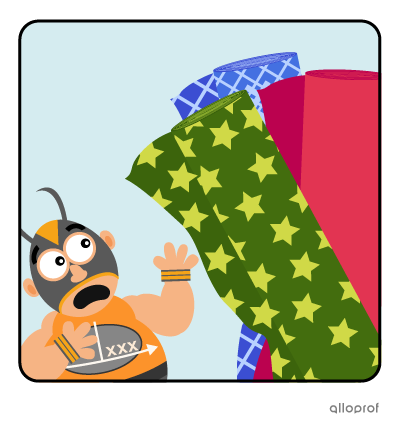
-
The fabric rolls are about to hit him.
-
The fabric rolls falling on him are only moments away.
-
The fabric rolls falling is inevitable.
Promises, requests, dreams & offers:
“Once I’m done with this suit, I will make you one too!”
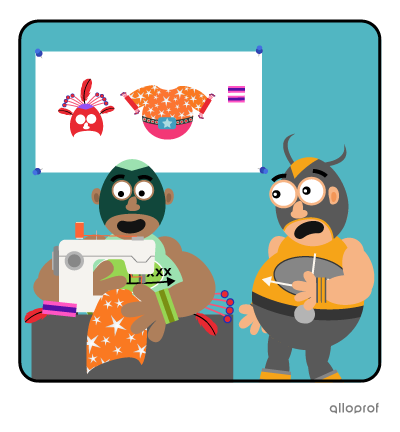
-
He is promising to make another costume.
-
He will make that costume in the future.
The simple future with going to isn’t used for promises, requests, dreams & offers.
“I am not going to wear that!”
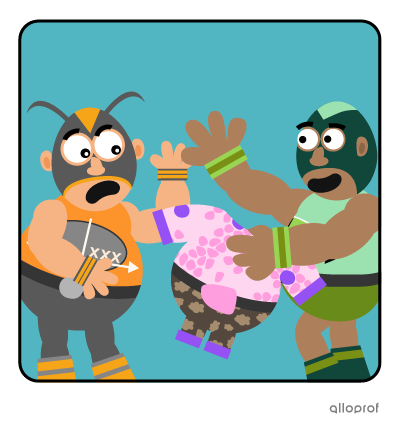
-
He is stating what he is not going to do.
-
He is making a statement, not a promise.
